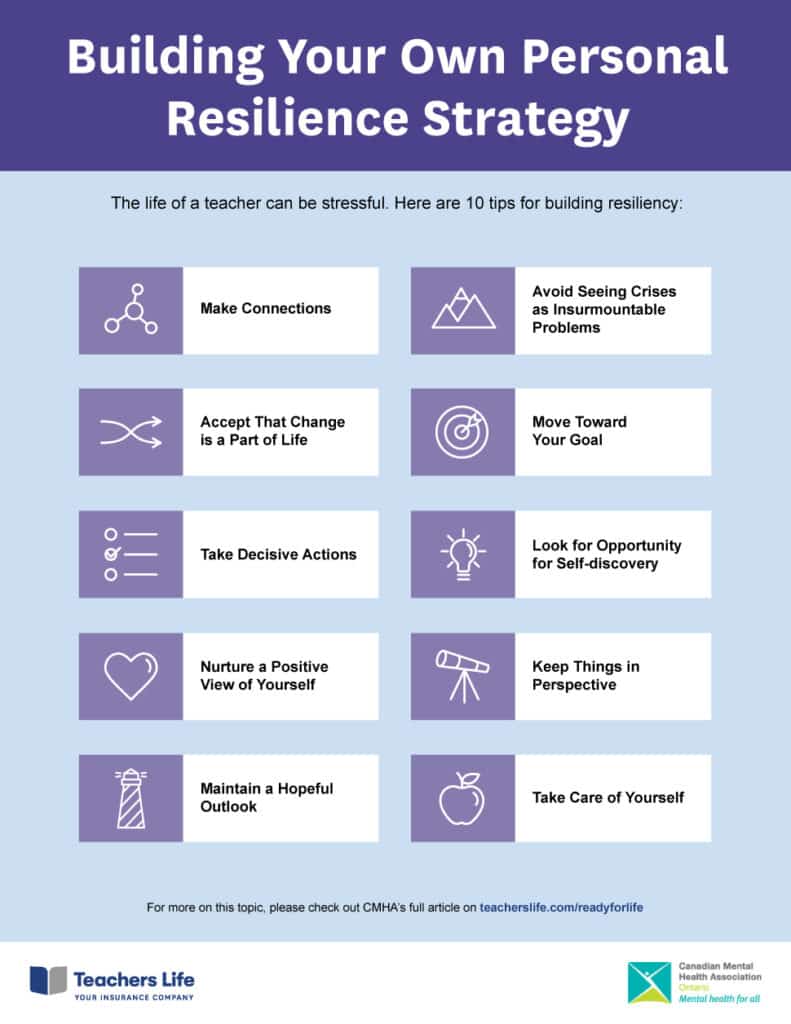
First, start with the concept of “resiliency”. What is it? Be sure your student has an understanding of resiliency.
Tips
- Hold a discussion about what resiliency is with the key message of resiliency being “the ability to bounce back, bounce forward from tough times”.
- Bring magazines or other such materials (or students can draw their own picture) and have them find pictures that are representative of resiliency. They then share what their cards mean in relation to resiliency.
Building Resiliency in Young People is an excellent resource through ReachOut.com which provides lesson plans, classroom tips, worksheets and resources to use in the classroom with elementary age children for teaching the following Seven Essential Skills of Resilience.
- Skill One – Emotional awareness and self regulation
- Skill Two – Impulse control
- Skill Three – Optimism
- Skill Four – Flexible and accurate thinking
- Skill Five – Empathy
- Skill Six – Self efficacy
- Skill Seven – Connectedness and reaching out
Most experts agree self-regulation and the building of resiliency starts at an early age. However, it is never too late to work on these skills during later childhood, adolescence and adulthood, in order to promote resilience in an individual.
Print your own copy of Building Your Own Personal Resilience Strategy Infographic for your home or classroom.
All articles and other information posted on http://teacherslife.com are intended to be informational only and not for the purpose of providing any health, medical, financial, insurance, legal, accounting, tax or other advice. Teachers Life does not guarantee or represent that any information in these articles or elsewhere on this website is accurate, complete, current or suitable for any particular purpose. You use or rely on such information solely at your own risk. All articles and website content are the property of Teachers Life and all rights are reserved. IN NO EVENT WILL TEACHERS LIFE BE LIABLE FOR ANY LOSS OR DAMAGE YOU INCUR RELATED TO YOUR USE OR RELIANCE OF THE INFORMATION IN THESE ARTICLES OR ELSEWHERE ON THE WEBSITE. See the Terms of Use for more information.
